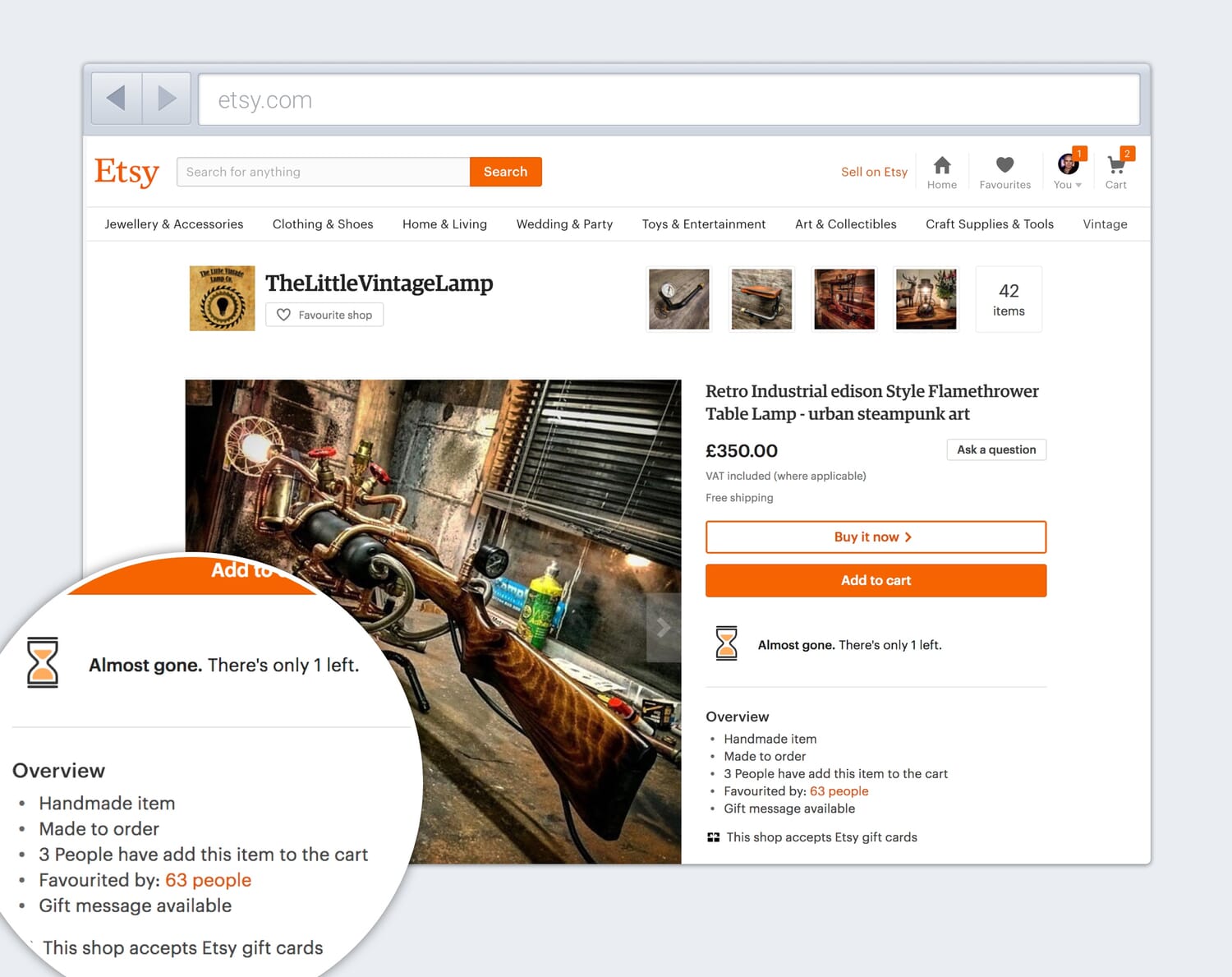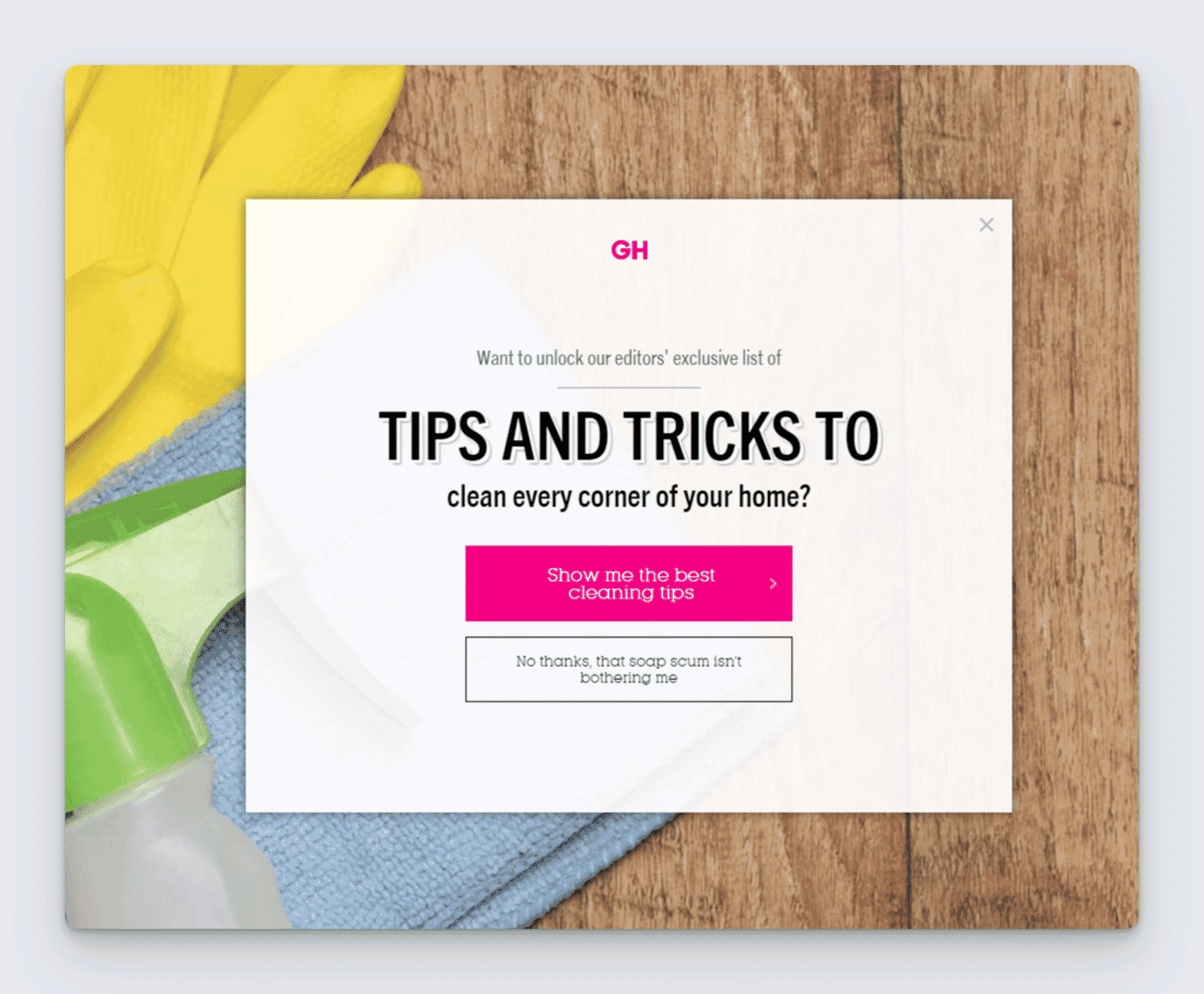User experience design has come so far in the last few years. It has gone from being often confused with user interface design to becoming a critical part of many organizations’ strategy. But now I am beginning to see its influence extend even further.
We are beginning to see user experience developers. Coders who are committed to improving the user experience through accessibility, performance, and user-centric functionality.
However, the most exciting for me personally is the emergence of UX marketing as a discipline.
In this post, I want to explore the discipline and how it benefits organizations. But to do that, we need to start by exploring the relationship between UX and digital marketing.
What are the differences between Digital Marketing and UX Design?
I like to think of digital marketing and user experience design as both existing at different ends of a spectrum.
At one end is an extreme form of digital marketing. People who practice this kind of digital marketing will do whatever it takes to generate leads or increase sales. They are the people who use deceptive design, annoying overlays, and any aggressive sales copy that delivers short-term results.

At the other extreme of this spectrum sits the idealistic user experience designer who believes that prioritizing an overwhelmingly positive experience for users will be enough to ensure business success. They would give products and services away for free and put themselves out of business if it kept the user happy.
Of course, in reality, most marketers and designers live somewhere in between these two extremes. However, I don’t think it unfair to say that traditionally digital marketing favors business objectives, while UX design favors user needs.
Unsurprisingly this can lead to conflict at times. I am sick of reading articles by UX designers bashing digital marketers for ignoring user needs in favor of improving conversion. That is easy to do when designers rarely face the ambitious targets that marketers are expected to meet.
However much UX designers would like to distance themselves from digital marketing, I would argue that UX should be considered a marketing tool.
Is UX considered marketing?
Ultimately you have to ask why organizations invest in user experience design. The truth is that they hire user experience designers because they understand that a great experience sells. It improves conversion, increases brand loyalty, and boosts word-of-mouth recommendations.
Therefore, from a business perspective, at least, UX is a type of marketing. Unfortunately, in the past, both UX designers and digital marketers were largely ignorant of this fact. But that is changing with the emergence of UX marketers.
Why is UX important for marketing?
UX marketers recognize that user experience is important for marketing, particularly when you take a long view. While traditional digital marketers focus on meeting this quarter’s targets, UX marketers are thinking about the coming years. They realize that building and maintaining a healthy sales funnel relies on happy customers, and that is where the value of user experience design lies.
What is UX marketing?
The introduction of this longer perspective is how UX design impacts digital marketing and has defined this emerging new discipline.
UX marketing recognizes the need to nurture the customer relationship before asking people to act. It understands that by adopting a user-centric approach, you avoid buyer remorse, negative reviews, and excessive returns.
If I had to sum up what UX marketing is, I would define it as “a focus on improving long-term key performance indicators through providing a better customer experience.”
Another way to look at it is that it starts from a different premise. Traditional digital marketing starts by asking, “what do we want users to do” while UX marketing asks, “what do users want to do?” Only once they have delivered on user needs do UX marketers ask for action.
How is UX marketing different in practice?
So how does UX marketing look different in practice? Let me give some practical examples of what a UX marketer would and would not do.
A UX marketer would not…
- Attempt to convert every user to the site on their first visit.
- Rely on attention-grabbing gimmicks such as clickbait or overlays.
- Encourage impulse decisions through excessive use of techniques such as scarcity or fear of missing out.
- Prioritize gaining customer insights (such as gathering personal data) over the customer experience.
- Over-sell and over-promise in an attempt to meet targets.

A UX marketer would…
In short, a UX marketer would gently encourage a user through a user-centric sales funnel at their own pace. They would not attempt to skip the customer to the end.
Perhaps an example of UX marketing may prove beneficial.
An example of UX marketing
If I am being honest, you are in a UX marketing sales funnel right now. You are at the top of my funnel if you found this post via searching.
This post is about me providing you with value and attempting to build an initial connection. After seeing some of my content, I hope you will subscribe to my newsletter. That is the second step in my funnel because I can now maintain and nurture our relationship.
I provide more value in my newsletter and demonstrate my knowledge and expertise. In addition, over time, I might suggest you take one of my courses or read one of my books, deepening the relationship further.
All going well; one day, you might have a project for which you wish to hire me. In the meantime, I will keep providing advice and value to maintain the relationship.
The emphasis is always on you and how I can help you, not on me winning work. It is an unhurried strategy that generates a steady stream of leads for me.
This is in stark contrast to an average freelancer or agency website, which is about them. They are focused on you hiring them, not on nurturing a relationship. It is also different from traditional digital marketing, which would have asked you to hire me immediately upon arrival at this website.
How to embrace UX marketing
Hopefully, by now, you can see the advantages of UX marketing. An approach that is more customer orientated, less aggressive, and results in self-perpetuating long-term results, as customers begin to recommend you to others and return repeatedly.
How, then, do you embrace this approach?
Embracing UX marketing as a marketer
If you are already a digital marketer, the transition is relatively easy. The biggest challenge will be changing the metrics you measure. You need to do two things.
First, you need to start measuring over a more extended period. UX marketing will deliver results, but it takes time to build momentum. If you focus on the short-term, you will see a fall in conversion at the start, as your efforts have not been purely on meeting next quarter’s targets.
That said, once you start to see results, they will be much more self-sufficient than traditional methods, as customer recommendations will become a much bigger player in conversion.
Second, you will need a more holistic set of metrics to measure. If you focus purely on conversion, you will not see all the benefits of UX marketing.
Yes, you will see improvements in conversion. But you will also see improvements in customer retention, repeat order value, lifetime customer value, and a reduction in the cost of acquisition.
Until you adopt a broader perspective, you will probably fail to make the case to management for UX marketing.
Embracing UX marketing as a UX designer
Finally, it is important to stress that a move from digital marketing is not the only entry point into UX marketing. I would love to see more UX designers make a move too. That is how I have come to be involved in it.
Marketing needs more user experience professionals involved. But that will involve UX designers shedding their negative stereotypes about marketers and taking the time to learn what marketing is all about. If you do, I am confident you will find you have much more in common with marketing than you might think.